The Article
6000A Integrated Amplifier From Audiolab
1st July 2019
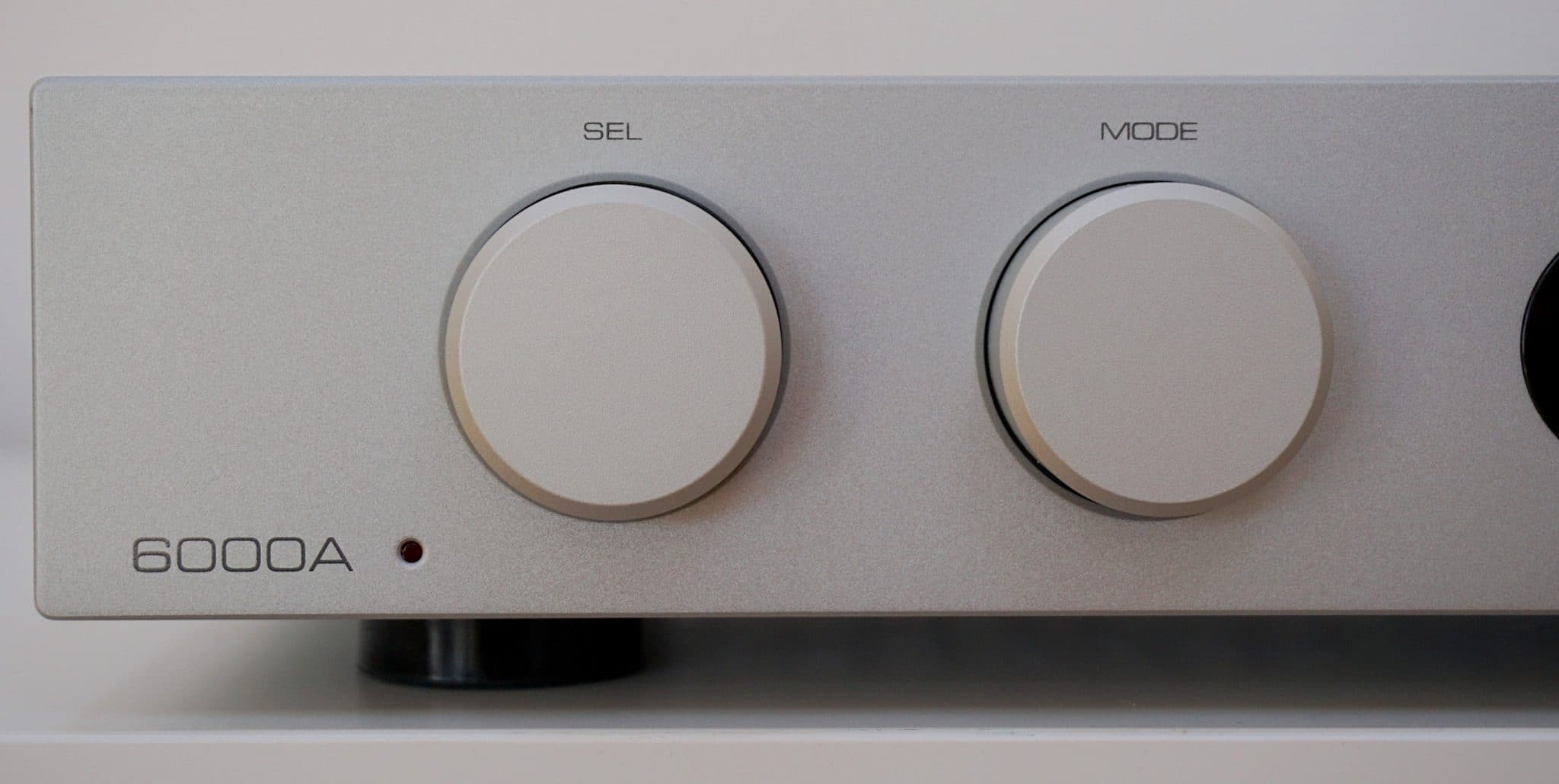
Adopting a traditional and solid form factor on the outside, Paul Rigby realises that the magic is occurring under the lid
The thing about the 6000A, when the aesthetics are considered, is that it looks like an integrated amplifier. Don’t dismiss that point. It’s actually critical to target sales. I say again, the 6000A looks like a traditional integrated amplifier. It looks safe. It looks steady and solid. It doesn’t try anything fancy. You would never accuse the chassis of ever emerging from an Italian design studio. There’s no chic fashion sense with this one. If you saw this box in the 80s, it would look rather racy, that’s for sure, but it wouldn’t look too out of place.
For some users, that is all they want. And that’s important. Weird and even slightly off-kilter designs can scare and make certain hi-fi fans feel uncomfortable. Even slightly conservative half-width amplifiers can be an issue for some.
The 6000A – at least on the outside – is the Mother’s Pride processed white loaf of amplifier design. You can see it for what it is at 30 paces. Again, I’m not damning this amp with faint praise when I say that. That’s not a bad thing. It’s a firm design choice.
Before I began the review of this box, I was comforted to know that the designer of the 6000A was also the same designer of the older 8300A. Jan Ertner took the basis of the latter to create the former which meant that hard won knowledge was now being refined and improved upon. There’s nothing worse than a single line of products that feature a host of designers who not only constantly reinvent the wheel but often make the same old mistakes over and over again (it’s happened many times in the past). Not here. So I already had a sense of confidence going into this one.
This is an amplifier but it features other components too. The ES9018 Sabre32 Reference DAC is one of those, featuring 32bit HyperStream architecture and Time Domain Jitter Eliminator. Again, this chip is not a foreign component. You’ll find it in the company’s M-DAC. Continuity again.
Connected to the DAC are the 6000A’s four digital inputs – two coaxial and two optical – which handle 24bit/192kHz. Tagged to these are user-selectable digital filters: Fast Roll-Off, Slow Roll-Off and Minimum Phase. I’ll say now that I normally hate these sort of things. Anything that takes me away from a pure, default, flat signal is an experience as near to abhorrent as I’m likely to find. That said, I’ll give them all a test in due course.
Streaming is also possible via Bluetooth (plus the now usual aptX codec).
A Class AB amplifier, that can also be used as a pre-amp and as a power amplifier too, the integrated mode of the design pumps out 50W per channel into 8 Ohms, the output stage of the discrete power amp circuits uses a CFB (Complementary Feedback) topology plus a meaty 200VA toroidal transformer followed by four 15000uF reservoir capacity (60000uF in total). The idea is to reduce the strain upon the amplifier and to maintain a sort of backup of power, ready to use.
Audiolab has included a phono stage for moving magnet phono cartridges – a JFET-based circuit with RIAA equalisation. A dedicated headphone amp with current-feedback circuitry is also included.
Spanning 445 x 65.5 x 300mm and weighing 7.8kg, the 6000A is available in a choice of silver or black.
SOUND QUALITY
I started with Mike Oldfield and his Platinum (Virgin) LP from 1979. I played Into the Wonderland, featuring vocals by Wendy Roberts. A sweet, beautifully melodic and slightly melancholic, low key ballad with a high-energy, rocking finish.
I suppose, if I were to describe the 6000A in one word, it would be confident. This amplifier is not shy, it doesn’t try to hide any aspect of its sound envelope. The 6000A will never die wondering. That is, the 6000A gives its all in the cause of making you happy.
The overall presentation from the Audiolab 6000A was balanced and balanced means you get to hear some bass. This is not always the case for mid-placed budget equipment. Bass is often sacrificed or at least trimmed to some extent. Even the best sub-£1,000 amplifiers out there love to trim bass. It’s a cost issue. That doesn’t happen with the 6000A.
The 6000A allows bass into the soundstage. That means that both the percussion and bass guitar were not only able to ground the music and stop it flapping in the wind but also offer a solid, rhythmic pace to the whole arrangement. That is, there was a sense of order here. The music flowed with an added, deeper groove. The structure was both solid and funky.
One of the persistent fears I have as a reviewer, from amplifiers designed at this price point, is frequency discipline. This is another reason that may sub-£1000 amplifiers are rather bass shy. Most of them can’t handle it. Too much of it, at any rate.
That is, there is a danger of allowing too much bass into the soundstage because it may create a warming feeling, leaking into the midrange and creating a sepia-like effect. Again, that never occurred with the 6000A. Frequency discipline was paramount so bass stayed put and never bloomed into the mids.
In fact, let’s pause for a moment here to dwell and emphasise this one feature. If I was going to pin one all-important factor for the success of the 6000A it would be tonal balance. In fact, you could ally tonal balance as being the killer feature of the 6000A. The headline. Tonal balance is the underlying strength of the 6000A. I really haven’t heard anything like it under £1,000.
The upper midrange was delightfully detailed and accurate although fragility and delicacy were not great priorities, I have to say. I never saw reverb tails of filigree lattice flowing from cymbal taps but this is a £599 amplifier we’re talking about here, not a £5,999 design. So no, don’t expect that but do expect to hear everything that a £599 amplifier can provide: complex and chaotic lead guitar with enough precision to make sense, wind instruments that feature a character and lightness of touch and a layered soundstage that revealed even shy instruments lurking at the rear of the mix.
Before I moved from vinyl, note that the built-in phono amplifier is a good one. An external model is better but the internal model will be fine for those of a budget. Buy an external model when you can, though.
I then turned to Bluetooth which I paired to my iPhone 8. Pairing is automatic. That is, you select Bluetooth as a source on the amplifier and the 6000A pops up on your Bluetooth screen on your phone. Painless and easy pairing. I played Marvin Gaye’s Mercy Mercy Me as a lossy file. Often, playing such a file in this way results in a bright and edgy play response but not here. The 6000A was able to calm any possible issues. So while the midrange was lacking insight, bass was hardly focused and treble was almost a non-entity, none of that was the 6000A’s fault. In fact, the 6000A made the best of a bad job, providing a perfectly listenable track without any nasty sonic responses. What I liked about the 6000A’s take on Bluetooth was the creation of a wide soundstage and, because lots of space was now on offer, the instrumental separation that also followed. Allowing each instrument within the mix to be presented on its own, adding to the complexity of the presentation.
Next up, I plugged in my Astell&Kern AK120 into the rear-mounted optical port and played Dire Straits’ So Far Away from their Brothers in Arms album. I liked the way the 6000A handled this 24bit/88.2kHz track because the track was mastered with excessive peak limiting creating a compressed sound. The low noise aspect of the 6000A, the balanced and controlling nature of the upper frequencies and the solid bass foundation allowed this track to be broadcast in a mature and stable fashion. To such an extent that the compressed element was no longer a real issue.
Playing the restful piano tinklings of Erik Satie at the same resolution was a relaxing and enjoyable experience. The potentially chaotic resonance of the piano was handled well by the 6000A in terms of control while the nuanced nature of the keys and pedals from the Satie piano was transcribed with both ease and insight to give the performance a sense of delicacy alongside that sense of authority.
I then took a quick listen at the range of DAC-related filters available within the unit. In the 6000A’s manual, the Phase filter is talked about as if the resultant sound resembled analogue but I had to disagree. The presentation emerged from cotton wool, sounding overly damped with a lack of precision and midrange insight.
The Slow filter reduced that effect dramatically while Fast was a default flat response. I hold my hands up here. I had to eat my words with these filters because my preference leaned towards the Slow filter which I actually found superior to Fast. The latter is supposed to be default and flat but I found Fast to be a touch edgy.
So, thumbs up to Audiolab. I never thought I would actually hear a usable filter on any piece of hi-fi equipment but, blow me down, Audiolab has created the very thing.
One important thing. Critical if you’re sound testing the 6000A and the DAC is significant to you. Make sure you properly review the amplifier with each and every filter. Cycle through each in turn and give each one time. Punching in any one of these filters will change the inherent character of the 6000A’s DAC. For example, if you talked to me about the 6000A having only listened to the Fast filter and I replied to you having only listened to the Slow filter, we’d effectively be talking about two different amps.
Hence, don’t judge the 6000A until you’ve heard all three filters. Listen to your Uncle Paul on this one.
Finally, I plugged in my reference headphones to listen to Satie via the internal headphone amplifier. While there may have been a limit on midrange extension, within the confines of the head amp’s performance envelope, the sound was admirable indeed offering plenty of refined detail on offer plus light and shade to add interest.
CONCLUSION
I listened to this amplifier for some time and realised that the basic presentation was supremely balanced in terms of how it delivered music to the ear. Some hi-fi components do one thing very well and if you’re looking at a budget component that can often be a fascinating experience because build budgets often preclude a generally good performance. The 6000A is one of those pieces of kit that does its best to do everything very well indeed.
Of course, it can’t. Not really. Money won’t let it. That doesn’t stop to trying, though.
In terms of ‘can’t’, what the 6000A doesn’t give you an extended dynamic reach. That high ceiling that higher-end amplifiers provide to allow the upper midrange to soar.
Now, some amplifiers in this price range will give you that. But then they will fall over very badly in other areas because too much emphasis has been placed upon that soaring thing for the build budget limits. So, for example, you may come across an amplifier that offers great midrange extension but the bass will be lacking. In other words, you go too far in one direction? You pay for it in another.
The 6000A doesn’t do that either. It never actually falls down. It never leaves you feeling, “Wow, it does this and this amazingly well but I wish it didn’t do that…” You won’t give that response to a 6000A listening session.
In short, the 6000A provides the perfect balance of performance to a build budget. It’s the perfect compromise. Every part of the sound envelope has been looked at and enhanced to the point when the money ran out. Then Audiolab stopped at that point.
Hence the 6000A squeezes every last penny of performance from your £599. If the designers had been told that the price was £649, they would have improved everything a bit more. For £699? Everything would have been improved a bit more still. You see? The 6000A is even handed, offers great sound and is one of the best value amplifiers on the market. If you want to hear how your money has been spent, buy a 6000A.
Bottom line? The Audiolab 6000A is better than you think.
AUDIOLAB 6000A INTEGRATED AMPLIFIER
Price £599
Website: www.audiolab.co.uk
TO BUY CLICK BELOW:
USA – https://amzn.to/383xoR3
EUROPE – https://amzn.to/3mMazW8
GOOD: confident bass, instrumental separation, upper midrange detail, balanced output
BAD: nothing
RATING: 9
[Don’t forget to check out my Facebook Group, The Audiophile Man: Hi-Fi & Music here: www.facebook.com/groups/theaudiophileman for exclusive postings, exclusive editorial and more!]
REFERENCE
Pro-Ject RPM3 Turntable
Tellurium Q & QED cabling
Blue Horizon Professional Rack System
Harmonic Resolution Systems Noise Reduction Components
All vinyl was cleaned using an Audio Desk’s Ultrasonic Pro Vinyl Cleaner


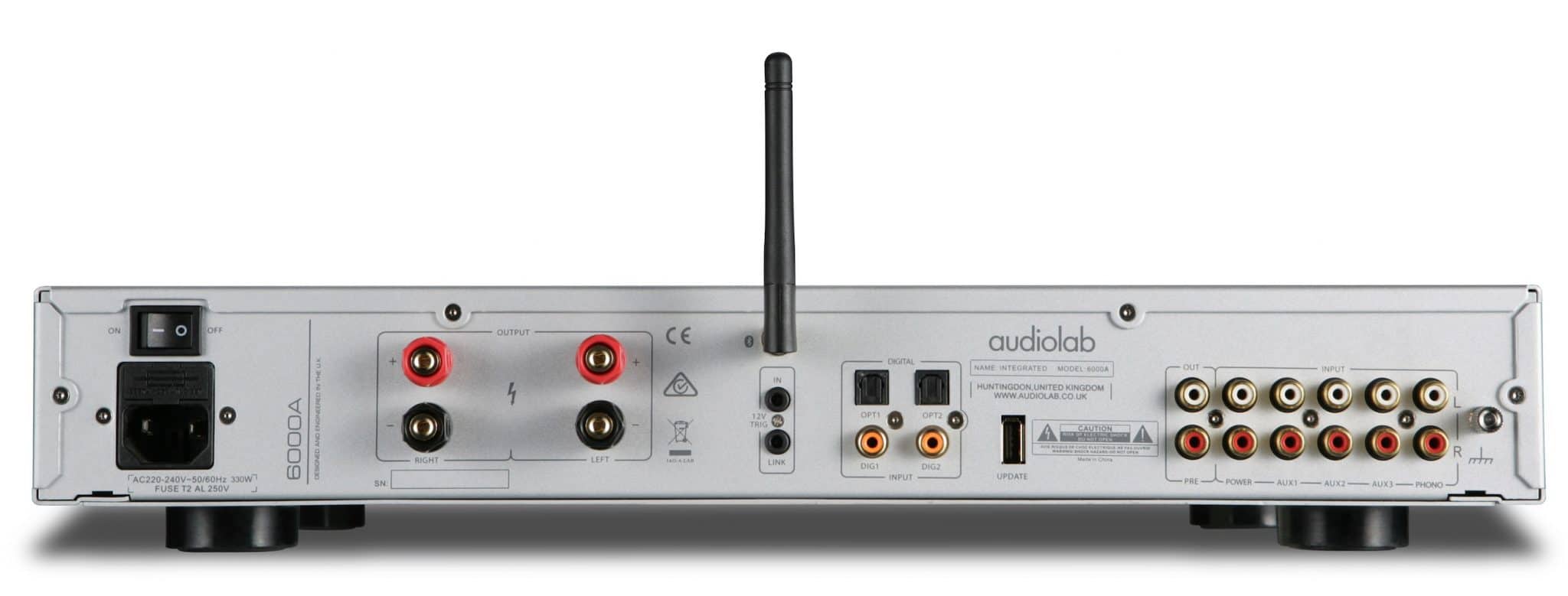
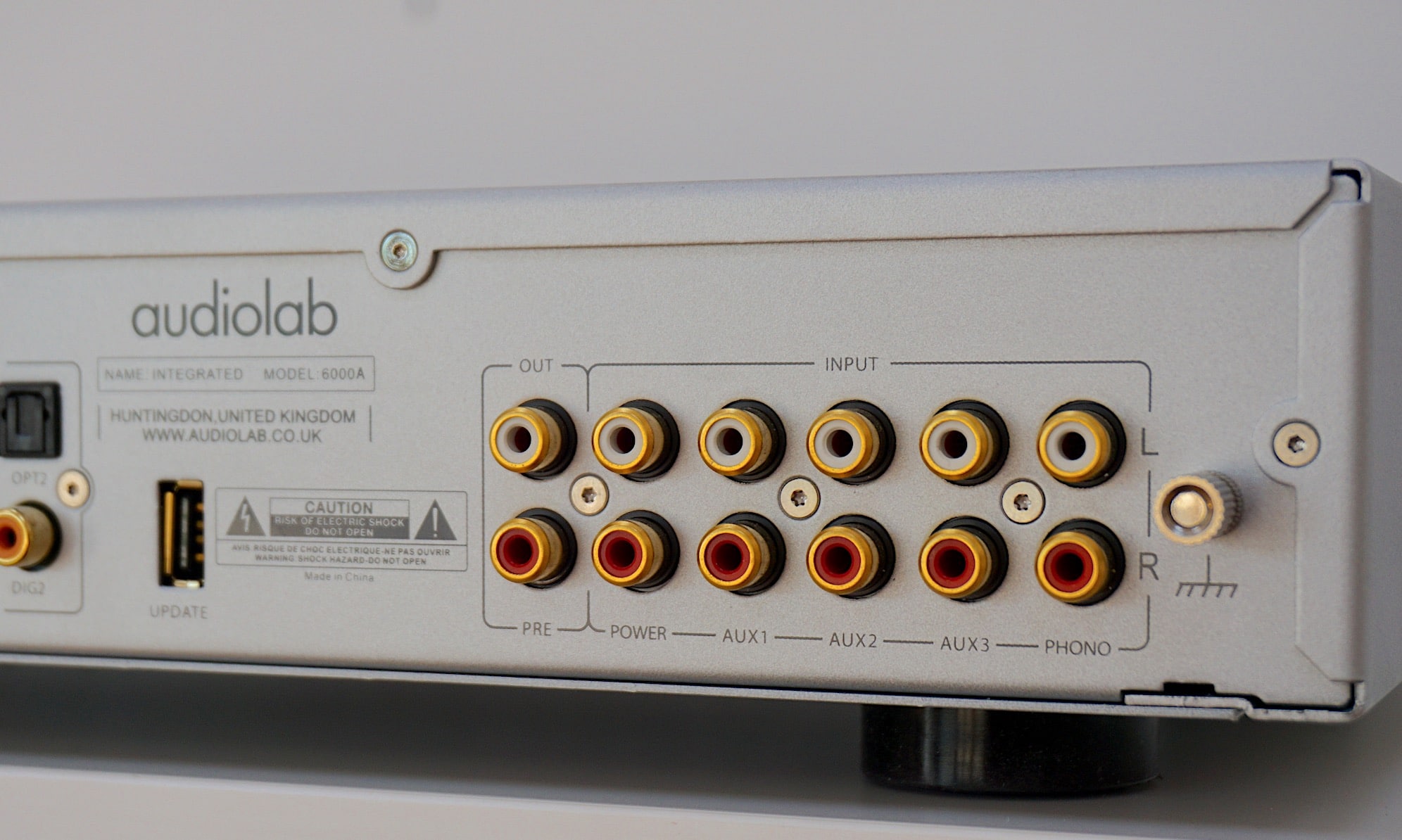
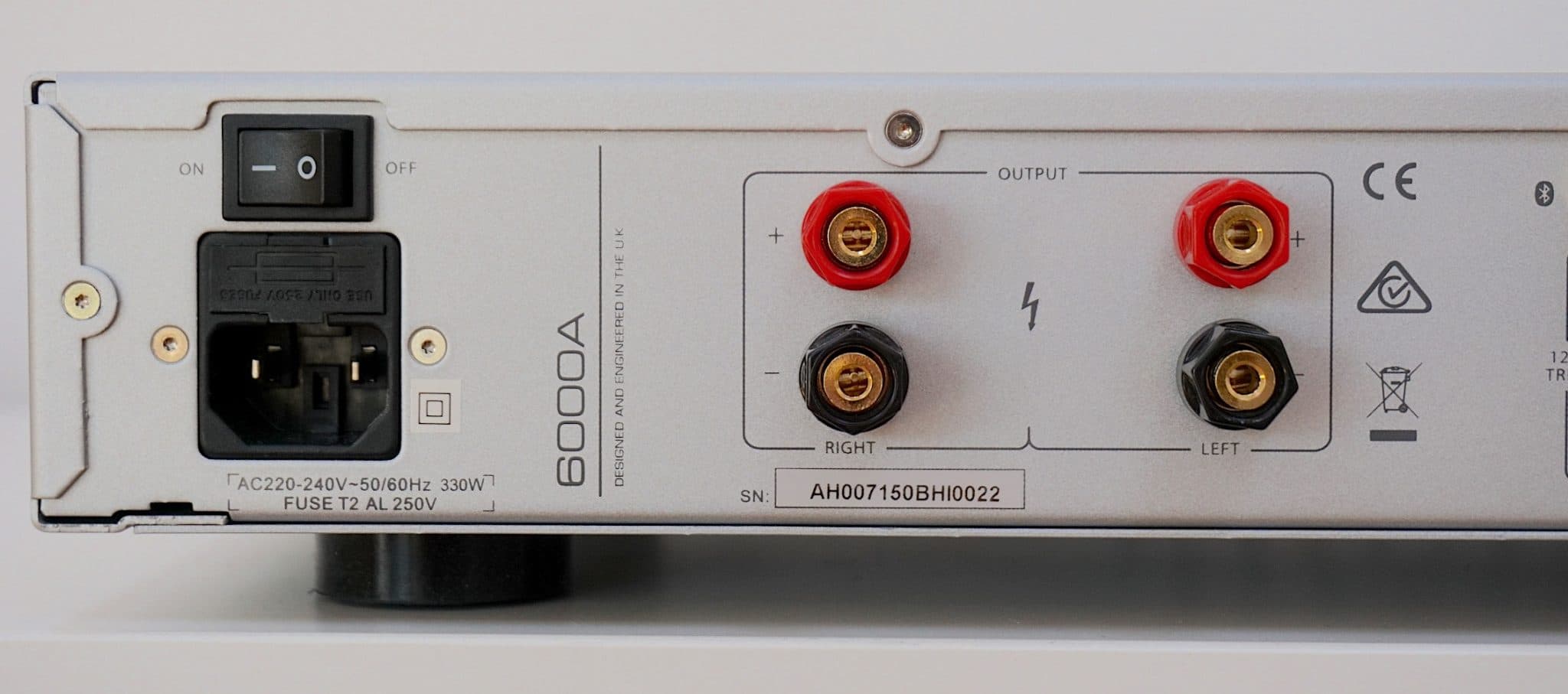
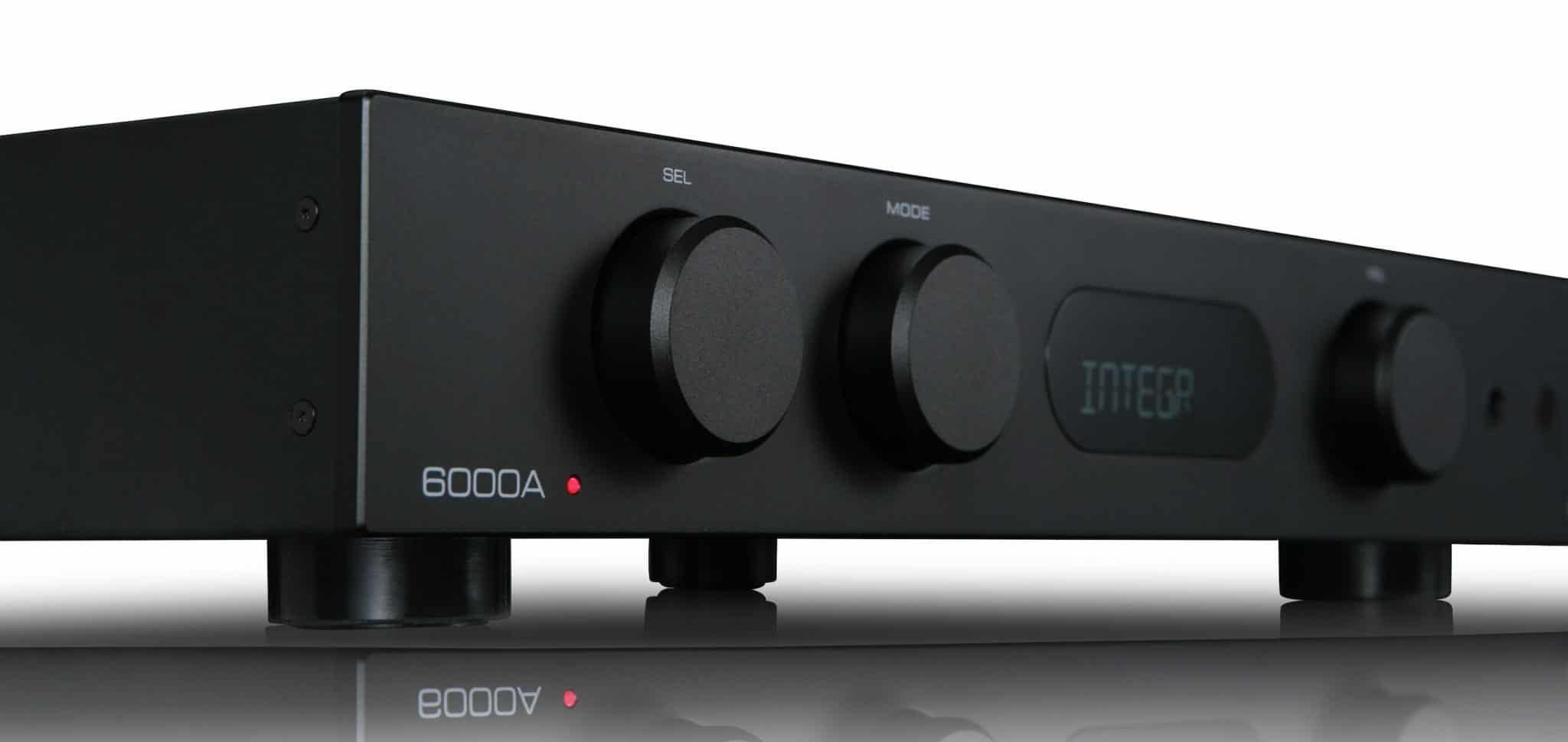
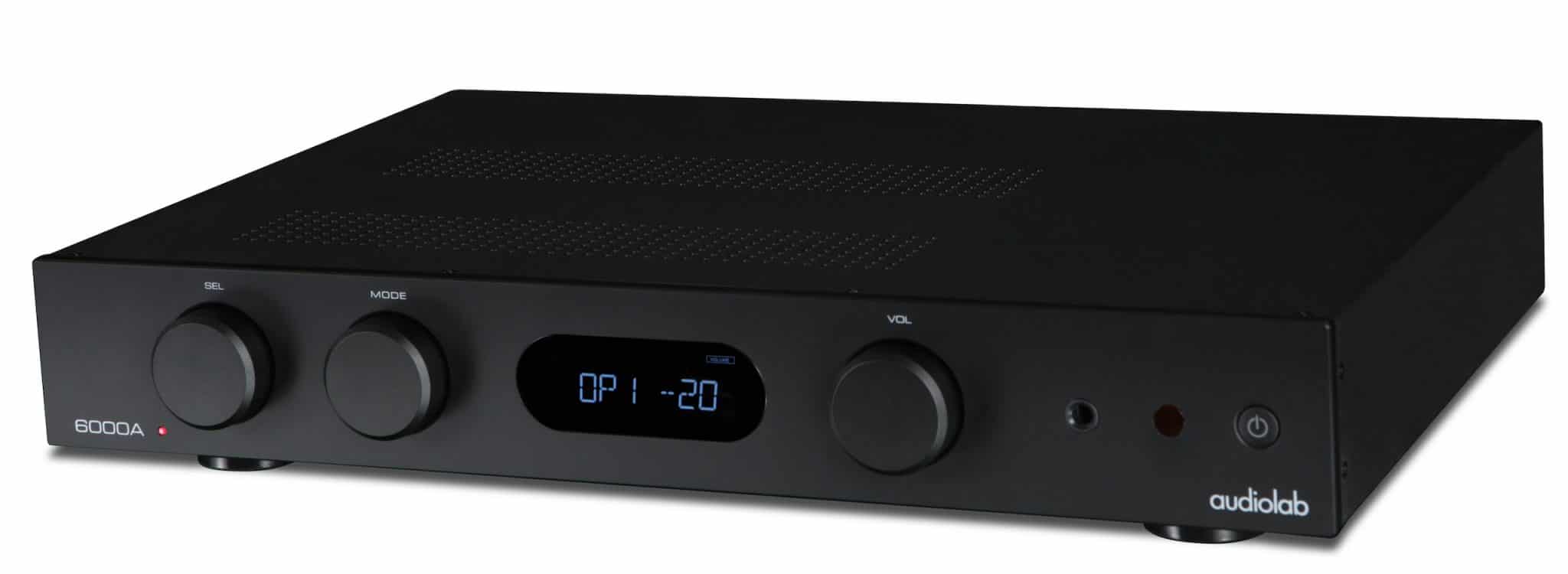
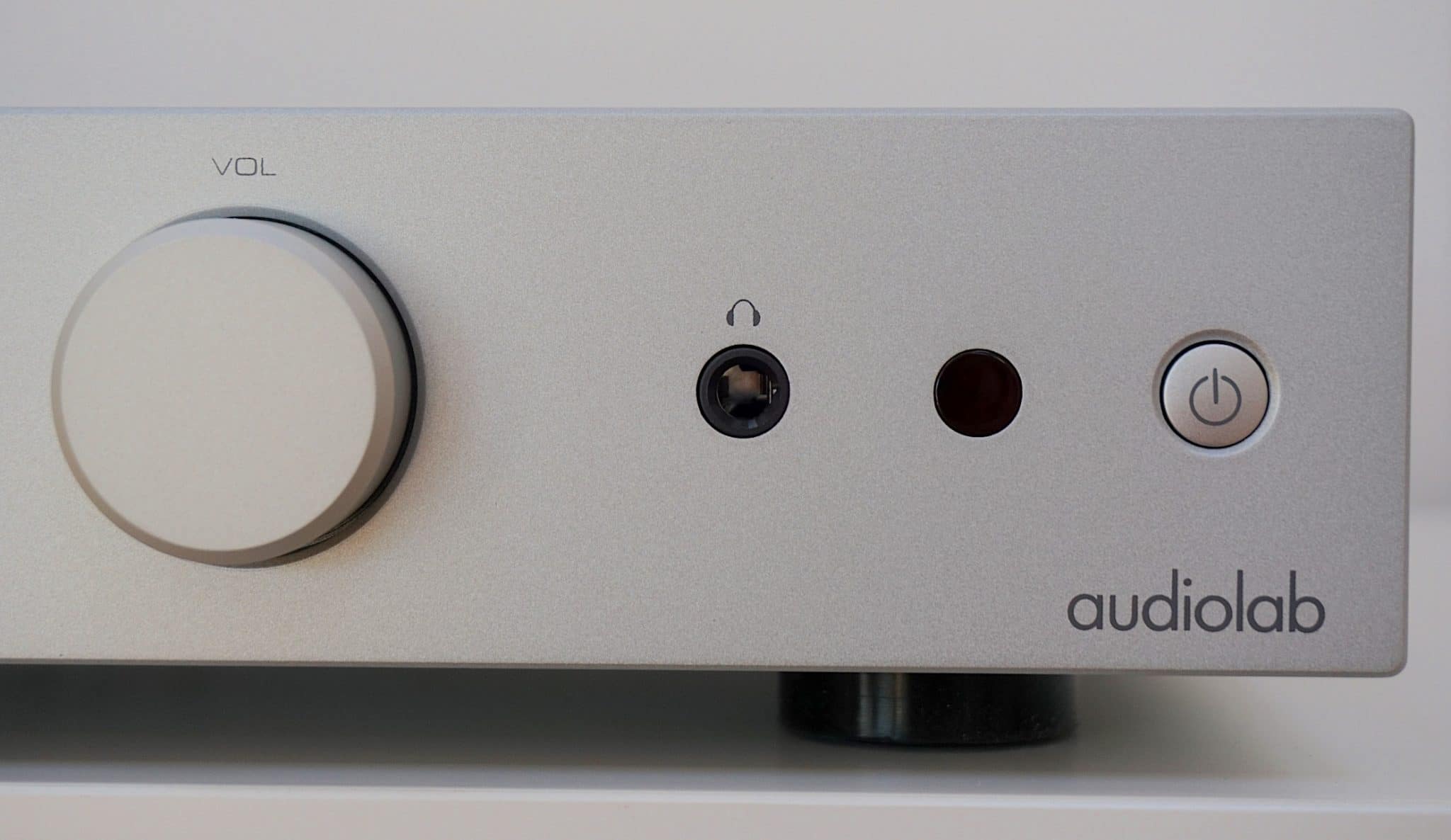
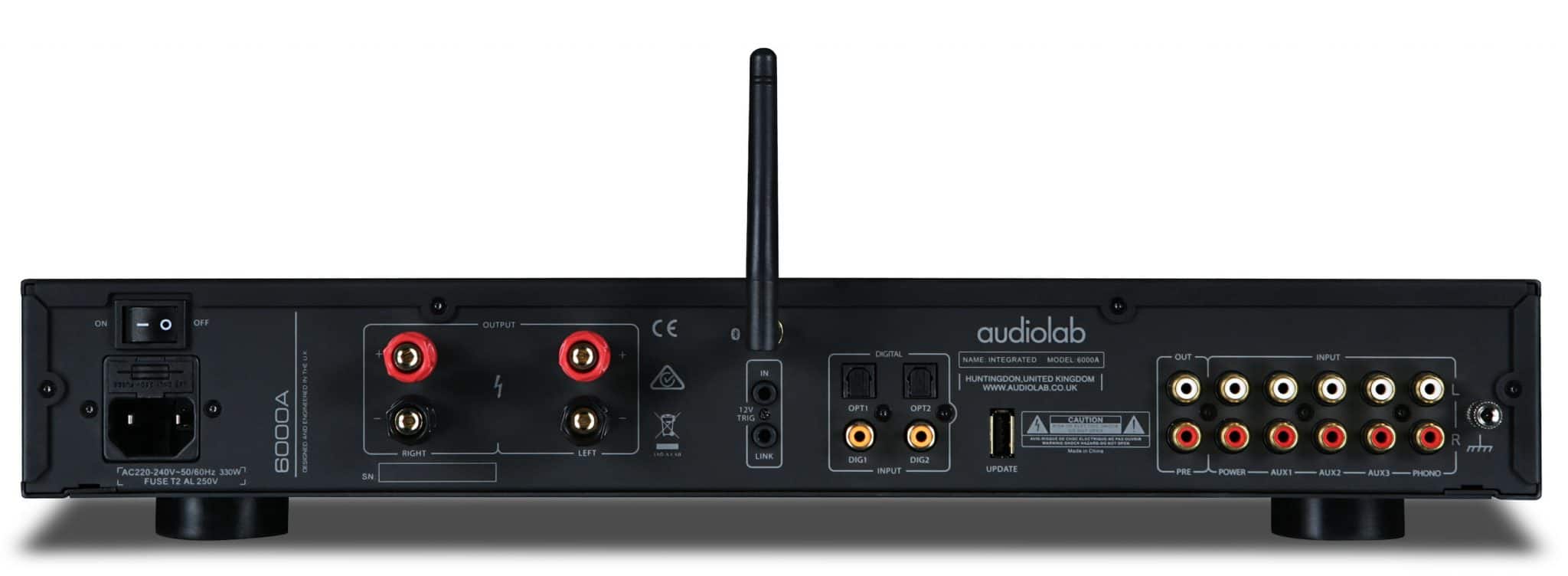

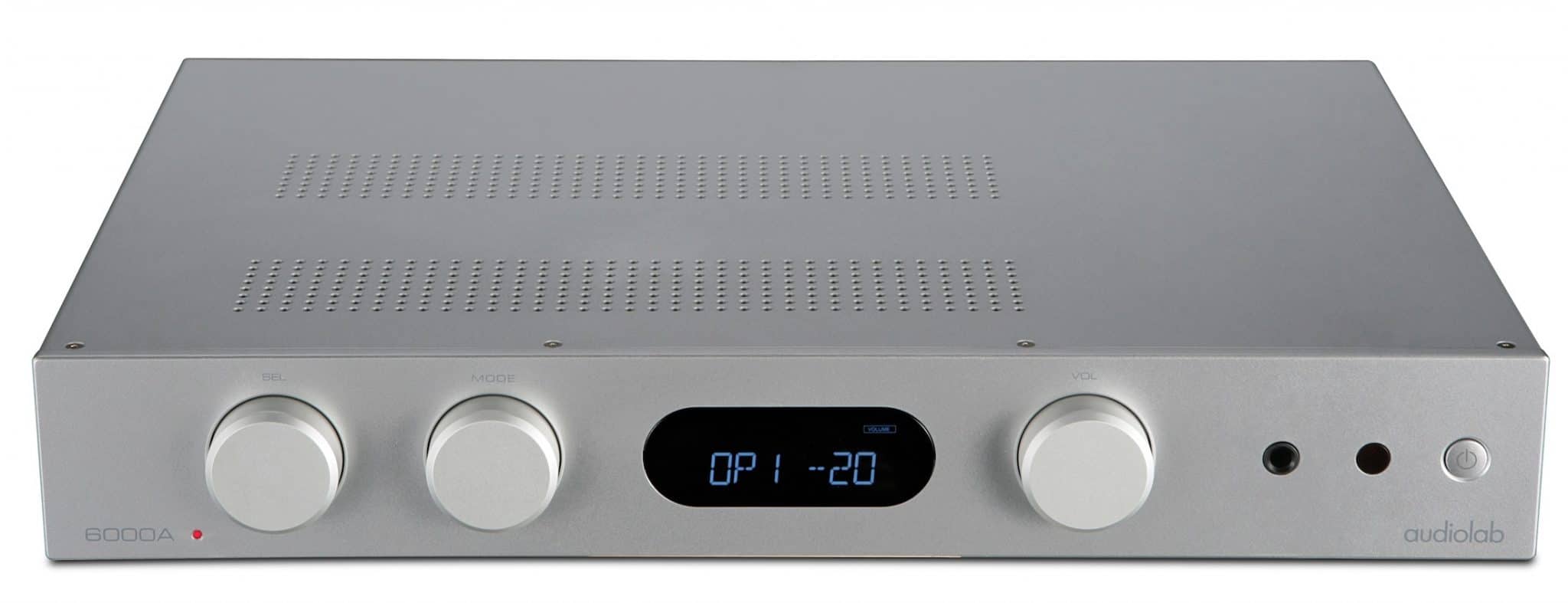
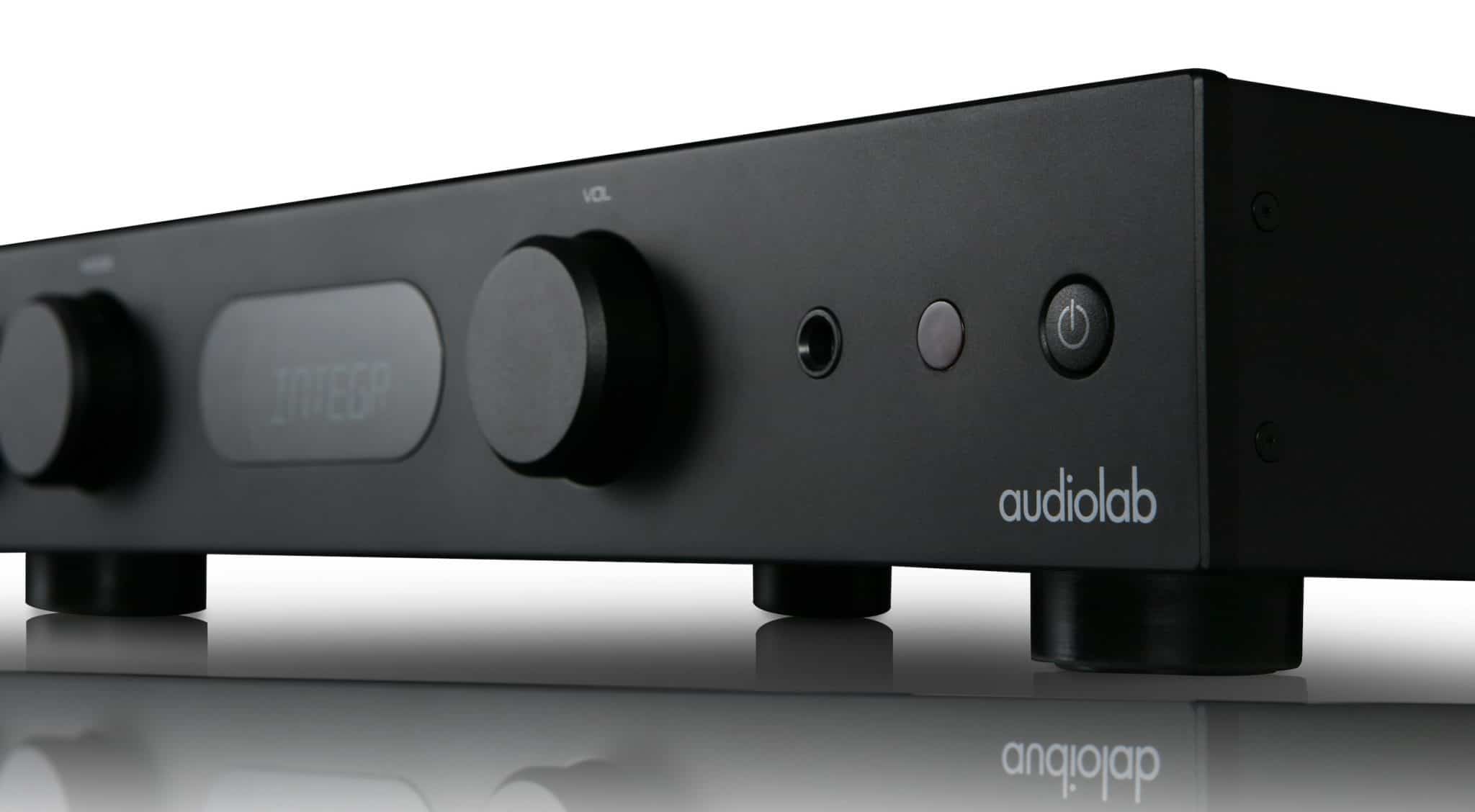
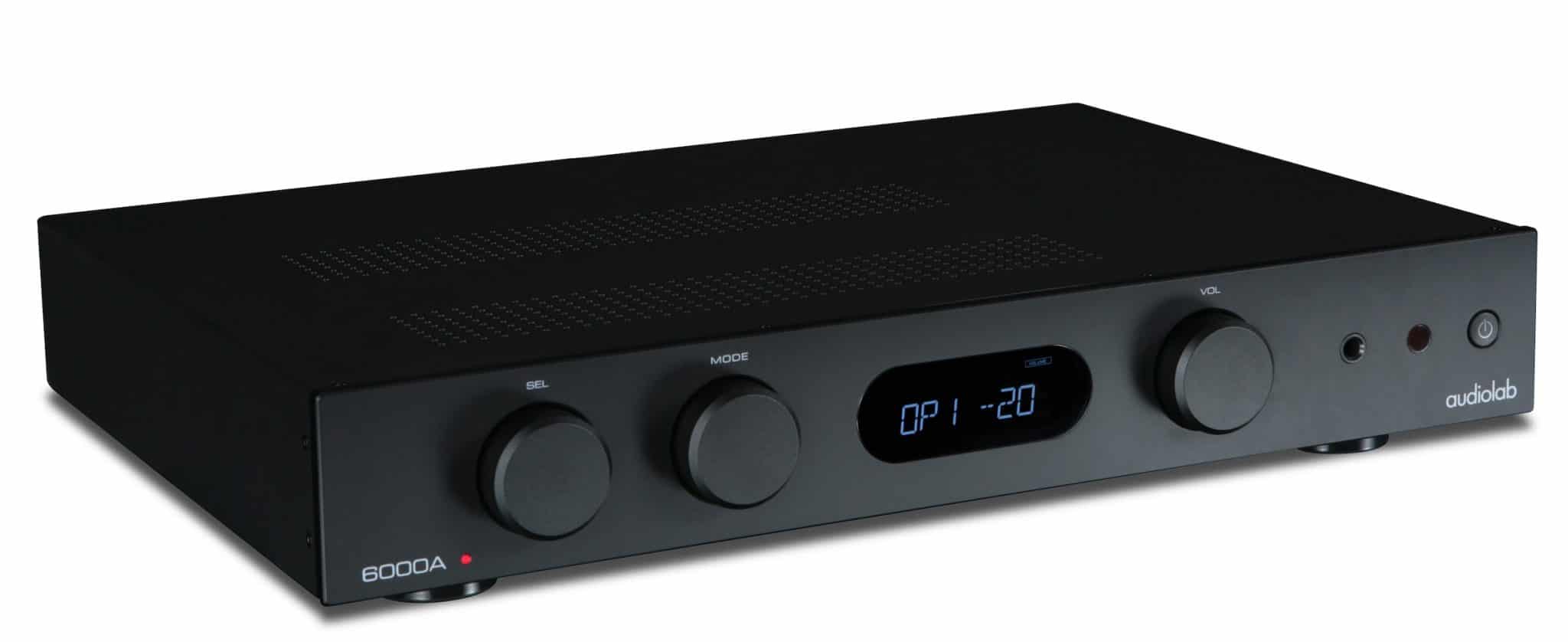



Thank you so much for sharing your time and expertise with such thoughtful, detailed reviews and answers. I am considering an upgrade to Audiolab 6000A from a Cambridge Audio 340A that had been well-matched to mid-1980s Heybrook HB2s. The speakers did not survive a recent move and I got a deal on B&W 606 S2. I am pleased with my CD player and am streaming via computer w/Topping DAC (which I could use as USB-coax to 6000A). What would you expect to hear differently from this setup if I retire the 340A for the 6000A?
A better tonal balance. A superior integration of bass into the soundstage. That kinda thing David.
Hi Paul, I have a question about connecting the 6000A pre-outs to a subwoofer. I have the 6000A powering two KEF CI4100QL in wall speakers. 50% for TV and 50% for music. I added a KEF Kube 10b to cover the low end but I noticed that the bass response is extremely low. Almost like the pre-out gain is much lower than the speaker gain. I have the x-over set to 80Hz and the volume on the sub at maximum. I tried connecting the sub using speaker level inputs from the 6000A and the difference was huge, at least 50% more bass response. My problem is that I need to run the Kube 10b wirelessly (using the KW1 wireless kit from KEF), so speaker level inputs are not a permanent solution. I know its not the wireless that’s causing the issue – the lack of bass occurs when I use the wireless KW1 setup as well as when RCA cables are hard wired directly to the sub. Only the speaker level input seems to solve it. Any thoughts?
Let me ask Audiolab for you, Dylan.
Thanks a lot Paul.
Hi I have recently bought KEF Q950 Floor standers …..
am looking for a good power amp to drive them ….. it should have really good bass, clean and punchy and neutral sound signature …. budget around 1000 $ …. which one do you recommend ….
Hi Raj – when you say that you’re after a power amp, does that mean you have a separate pre-amp already in place?
I have Marantz SR 5013 …. I will use it as pre amp for now
PAUL RIGBY
great review as always
how do you think audiolab with kef ls50 meta ?
i can get in the same price rotel a11 tribute
thanks shay
Yes, sounds like a plan.
PAUL RIGBY fantastic review and I love your YouTube channel as well which lead me to this web site.
I have a question though as I fail to understand whether this 6000A can be used to stream audio via Bluetooth to a set of wireless headphones. In either case is there a recommended amplifier option for this around the €1000 mark?
I will connect a turntable (built-in pre-amp if needed) and a CD player to the amplifier in case you were wondering.
Thanks in advance.
Hi Thomas – the 6000a can receive Bluetooth signals to pass to your speakers but not send it out to headphones. Its one way. If you buy a BLuesound 2i you can do that, though, because its 2 way. Actually, using Bluetooth and streaming from an external component like the 2i (which is connected to the 6000a) offers better sound anyway, so it’s a recommended move for you.
So will the Bluesound 2i be able to output sound from all the sources Connected to the Audiolab A6000 – Cd transporter and turntable? It is primarily those two sources I would like to get passes on to my Bluetooth headphones (ATH-M50xBT2 and Fidelio L3).
Thanks again Paul.
Might be an idea to read my review to see if that answers any of your questions first: https://theaudiophileman.com/2i-wireless-streamer-review-bluesound/
Thanks for the link. I understand that the Bluesound 2i (and the new Node N130 from 2021) has two way bluetooth and can output to headphones. However, I still am seeking confirmation that the 2i(Node) can output whatever I plug into the 6000A. I guess I am really asking how do I connect the 6000A to the 2i(Node) to get the bluetooth output to work?
Thanks again.
You would connect the 2i as you would a CD player or DAC or other component. Then you would interact with the 2i direct in terms of Bluetooth or streaming and any sound from that interaction would then move through the 6000A and to your speakers. But it’s the 2i you would talk to.
Hi Paul,
Thank you for your review and because of this review, I bought 6000A recently without any hesitation. But I bought the used one with good price. My main source of music are from turntable Technics SL-1200MK3 connect to IFI Zen Phono, old Technics CD Player SL-PG340, digital input via IFI Zen Dac V1 and now extra source via bluetooh by using 6000A. I am really surprise with 6000A soundstage and it is really impressive me the most. I also read your review on 6000CDT. Looking forward to buy it one day and connect to 6000A. Any way thank you again for your recommendation and great review. Best regards Aizat.
Thanks, Aizat.
Hello Paul love your YouTube channel and your in-depth review of this integrated amplifier I have a pair
Tekton lore high efficiency speakers 96db what would you think pairing this amplifier with them I really love my speakers will there be any noise or hiss. and what I understand this amplifier will actually sound better because it is not stressed out in order to play loud
I’m not familiar with the speakers in sound performance terms but I reckon you should be fine – especially with that quoted sensitivity figure. In fact, isn’t that 98db?
Hello Paul:
I am very interested in the 6000A but need your advice, please. I already own an Anthem MCA 30 amplifier that puts out 225 wpc (A/B). Would it be a good idea to use that amp with the 6000A or would the sonic attributes of the 6000A that get such high marks be nullified by not using its own amplifier? I ask specifically because the speakers I would like to drive are the JBL HDI-1600 bookshelf speakers which are lower sensitivity (85) and 4-ohm speakers. If not a good idea, what do you think of pairing the 6000A with the Goldenear BRX?
Thanks very much!
Kevin
Hi Kevin – I would never recommend using an integrated amplifier to act as a preamp for a specialist power amp. I’m a great believer in using the right tools for the job. Here, I would hunt for a dedicated pre amp. Especially if you enjoy the sound of the Anthem.
On a tech level, the 6000A would work fine with the Goldenear speakers.